Leek Autumn Giant
$4.49
Allium Porrum
- Seed Count 200
- Exhibition Quality
- Annual
In stock
Description
Leek Autumn Giant is a Western European heirloom leek is celebrated for its fine culinary qualities as well as its reliable, uniform growing ability. An exemplary variety, it was given an Award of Garden Merit by the Royal Horticultural Society. The RHS noted its uniform stems with resistance to bolting and bulbiness.
They are large leeks that can grow up to 10cm in diameter with thick long shafts and dark green erect foliage. Harvest while young and tender early in the season, or leave them to bulk up as they’ll stand well in the ground for you to harvest as you need them.
They are packed with vitamins and minerals and can be used in salads, stews, quiches and bakes.
| Method: Raise Seedlings | Soil Temp: 8°C - 30°C |
| Cool Mountain: Feb - Apr, Sep - Dec | Position: Full sun |
| Arid Feb - May, Jul - Sep | Row Spacing: 15cm apart |
| Temperate Feb - May, Aug - Dec | Planting Depth: 5mm |
| Sub Tropical: Jan - Apr, Aug - Sep | Harvest: 110 days |
| Tropical: Apr- Jun | Plant Height: 60cm |
Climate
- Leeks are a cool season crop and grow best in temperate climates.
- They can tolerate light frosts, making them suitable for most regions in Australia.
Soil Preparation
pH:
- Leeks prefer well-draining, fertile soil with a pH between 6.0 and 7.0.
Choose a Sunny Spot:
- Leeks need at least 6 hours of sunlight per day.
Improve Soil Structure:
- Add organic matter such as compost or well-rotted manure to improve soil fertility and drainage.
Loosen the Soil:
- Leeks grow long roots, so loosen the soil to a depth of at least 30 cm.
Fertilise:
- Incorporate a balanced organic fertiliser or slow-release fertiliser into the soil before planting.
Planting Leeks
How to Plant
Sowing Seeds:
- Start seeds indoors 8–10 weeks before the last frost date or sow directly into the garden. See zone guide in product description.
- Sow seeds 5 mm deep and 15 cm apart.
Transplanting Seedlings:
- When seedlings are pencil thick, transplant them into the garden.
- Dig a trench to cover root ball and space seedlings 15cm apart.
- Place seedlings into the trench and cover the roots with soil, leaving the top part of the plant exposed.
- As the leeks grow, gradually fill in the trench to blanch the stems (this keeps them tender and white).
Care and Maintenance
Watering:
- Keep the soil consistently moist but not waterlogged. Leeks need about 2.5 cm of water per week.
- Mulch around the plants to retain moisture and suppress weeds.
Fertilising:
- Side dress with a nitrogen rich fertiliser every 4–6 weeks to promote healthy growth.
Weeding:
- Keep the area weed free to reduce competition for nutrients and water.
Pests and Diseases:
- Watch for onion thrips, aphids, and leek moths.
- Use insecticidal soap or neem oil if necessary.
Diseases:
- Leeks can be affected by rust, downy mildew, and white rot.
- Practice crop rotation and avoid overwatering to prevent these issues.
Harvesting
When to Harvest:
- Harvest leeks when they reach about 2–3 cm in diameter.
- Younger leeks are more tender, while older ones have a stronger flavour.
How to Harvest:
- Gently loosen the soil around the leek with a fork and pull it out.
- Trim the roots and leaves if needed.
Companion Planting for Leeks
Good Companions
Carrots:
- Leeks repel carrot flies, while carrots deter leek moths.
Celery:
- Both plants have similar soil and water requirements.
Onions and Garlic:
- These Alliums share similar growing conditions and can help deter pests.
Lettuce and Spinach:
- These leafy greens grow quickly and provide ground cover, reducing weeds.
Tomatoes:
- Leeks can help deter aphids from tomato plants.
Herbs (e.g., thyme, rosemary, and sage):
- These herbs repel pests and improve flavour.
Plants to Avoid
Beans and Peas:
- These legumes can inhibit the growth of leeks.
Asparagus:
- Leeks can stunt the growth of asparagus.
Tips for Success
Blanching:
- To produce long, white stems, hill soil around the base of the leeks as they grow.
Succession Planting:
- Sow seeds every 3–4 weeks for a continuous harvest.
Crop Rotation:
- Avoid planting leeks or other Alliums in the same spot for at least 3 years to prevent soilborne diseases.
Postage Charge
Orders under $30 attract a $4.50 shipping charge. Orders $30 and above have free shipping.
Order Times
Seed orders are normally dispatched within three business days. You will receive an email when seeds are mailed out.
Postage Days
Seeds are mailed out Monday to Friday at 1pm. Except for the Friday of long weekends.
Postage Times
WA 2-3 Days: SA,NT 3-5 Days: NSW, ACT, QLD, VIC: 5-7 Days
Carrier
We use Australia Post Letter Postage for the majority of orders
Not only are our seeds packed in recycled paper envelopes, we keep the theme going when we post out website orders. To protect your seeds from moisture and the letter box munchers (snails), we use a very special plastic free material made from plants. They are then put into recycled mailing envelopes. Green all the way 💚🌿

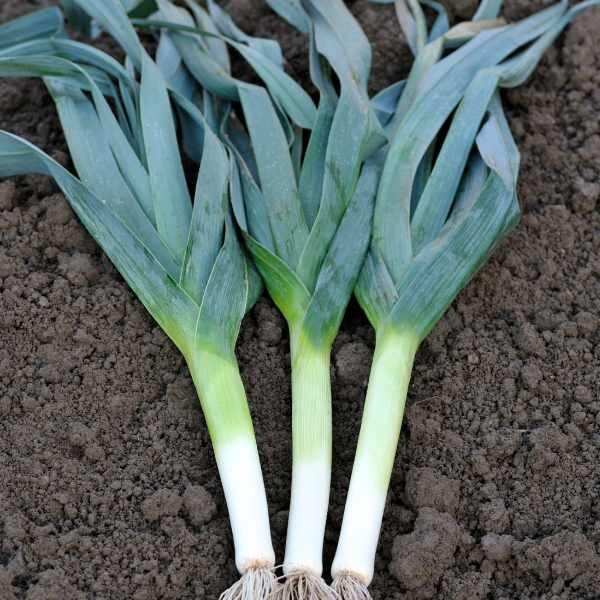









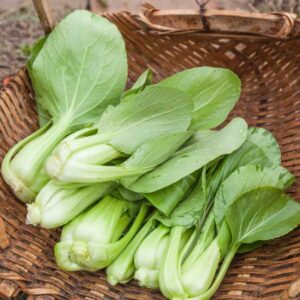
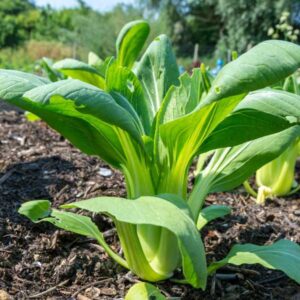
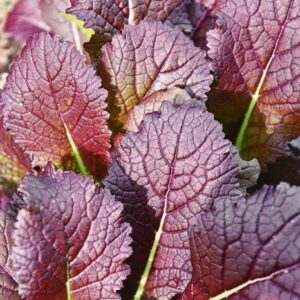
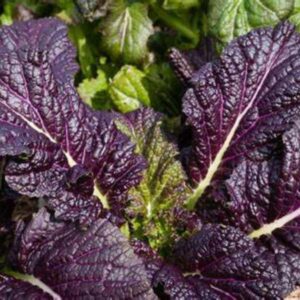
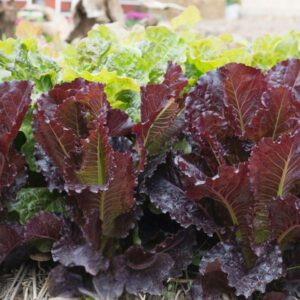
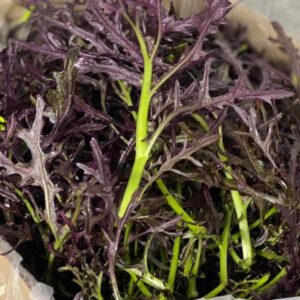

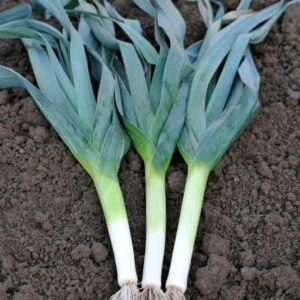
2 reviews for Leek Autumn Giant